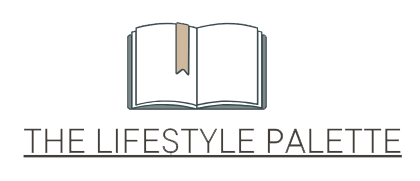In the professional world, email remains a key form of communication. Crafting effective emails is crucial not only for daily correspondence but also for maintaining professionalism and clarity in all interactions. Understanding each component of an email—from the subject line to how to end an email—is essential for anyone looking to enhance their professional communication skills.
The Critical Role of Email in Business
Email serves multiple functions in business environments, from coordinating efforts among team members to communicating with clients and stakeholders. The ability to write clear, effective emails reflects directly on your professionalism and can impact the success of your projects and relationships.
Starting Your Email
Subject Line: Your subject line should grab the recipient’s attention and give a clear indication of the email’s content. This helps ensure your email is timely read and appropriately prioritized.
Greeting: Use a professional greeting that fits the relationship you have with the recipient. If you’re unsure about the level of formality to maintain, it’s safer to err on the side of caution and lean towards more formal greetings.
Crafting the Body of Your Email
The body of your email should be concise and to the point. Begin with a brief introduction stating the purpose of your correspondence, followed by the main content organized in a logical manner. If you’re addressing multiple topics, consider using subheadings or bullet points to break up the text, making it easier for the recipient to follow and respond appropriately.
Perfecting the Email Closing
The closing of your email is your final opportunity to leave a lasting impression on the reader. It should be professional, polite, and reflective of the email’s tone. A well-chosen sign-off can set the stage for future interactions and clarify any next steps. For tips on selecting the right words to close your emails effectively, it’s helpful to consult resources that explain how to end an email.
Email Signature
A professional email signature should follow your closing salutation. This signature will typically include your full name, position, company name, and contact information, providing the recipient with multiple ways to reach you if further discussion is needed.
Best Practices for Email Etiquette
- Responsiveness: Promptly replying to emails is crucial. If a comprehensive response will take time, acknowledge the email and give an estimated timeframe for your full reply.
- Clarity: Use simple, direct language to ensure your message is understood. Avoid complex vocabulary that might confuse the recipient.
- Proofreading: Errors in spelling, grammar, or punctuation can undermine the professionalism of your email. Take the time to review and edit your emails before sending them.
- Confidentiality: Be cautious with sensitive information. Ensure that sharing is in line with your company’s privacy policies and that you are sending emails to the correct recipients.
Conclusion
Mastering the art of email writing is essential for anyone in a professional setting. By focusing on crafting clear, concise, and respectful emails, you can enhance your communication effectiveness and contribute positively to your professional reputation. Remember, every part of an email serves a purpose, from the opening line to the final signature, and getting these elements right can significantly impact how your messages are perceived and received.


